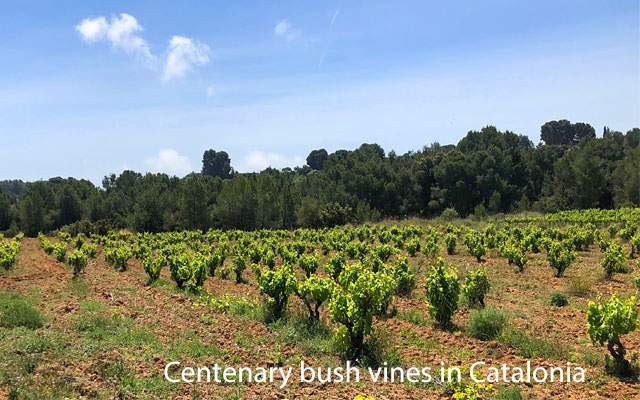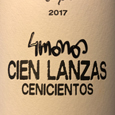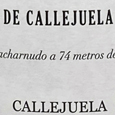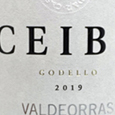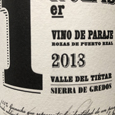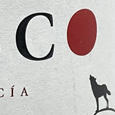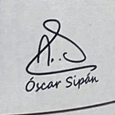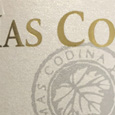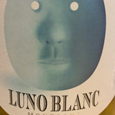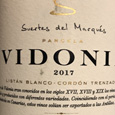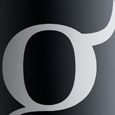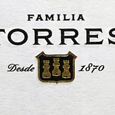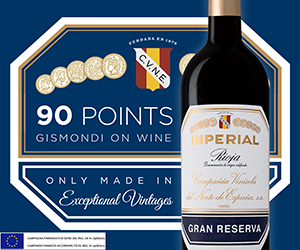Though well known for its classic and historic wine regions, such as Rioja, and Jerez, Spain is a hotbed for adventuresome and innovative producers, pushing the boundaries of viticulture and viniculture.
These viñateros, winegrowers who focus on viticulture and wines with a sense of place, are working all corners of the vast country (including the Islands), rediscovering forgotten grapes, and renovating neglected vineyards, while pioneering sensitive and exciting new plantings. Suddenly regions like Gredos, the Canary Islands, Ribeira Sacra, and Conca de Barberà are becoming familiar, and the colourful and minimalist labels lining shelves are an exciting sight to see.
Spain is the most widely planted wine-producing nation, but it is the third largest producer of wine in the world, behind Italy and France. This is primarily due to the very low yields and wide spacing of the old vines planted on the dry, infertile, extreme, and profound soils found across most every wine region. These sites, oft looked poorly upon for their low yields and high labour, are now highly coveted by such viñateros, and responsible for many of the most exciting bottles today. From the big names, like Torres, and Telmo Rodriguez, to the smaller garagiste producers, there is a renewed focus on native grapes (Spain has more than 400 varieties identified), and organic / biodynamic farming. Spain is currently home to over 100,000 hectares allocated to organic wine growing, making it the EU country with the largest area dedicated to organic vineyards
The quality per value of Spanish wines remains high, making it easy to be adventuresome and drink brilliantly for well under $30 / bottle, even in BC.
Here are the top Spanish Wines recently tasted at GOW that I encourage you to (re)discover:

 quicksearch
quicksearch

